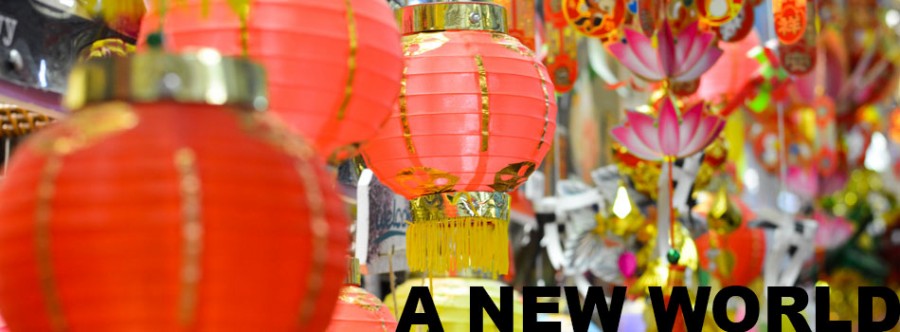May 29, 2015
When the first wave of Hmong refugees came to the United States in the early 1980s, the government’s resettlement plan was to distribute the refugees amongst all 50 states. But when the second wave came, and the Hmong heard that those in Minnesota were thriving, in part thanks to organizations that already existed in Minnesota; therefore, many more Hmong chose to follow. “I think if we look at Minnesota as a state overall, with Catholic Charities, and different organizations that help refugee families or immigrant families, Minnesota just attracts more Hmong,” Vang-Moua said.
The journey from the refugee camps of Thailand to a new life in the United States was filled with uncertainty. “Jobs were difficult to come across, and often times those with advanced education had to start from the very bottom because their education was not the westernized education,” Vang-Moua said. “It didn’t matter if they were the farmer, the doctor, the teacher––they were no longer that: they were just another refugee, living off the government.”
No matter who the Hmong were back in their country, and even if they had a full formal education and were working a high position job, once they were in America, all of that was erased. “[When my parents came here,] I think there was a lot of depression because my dad was literate, and he was fluent in all of these five languages, but he had a thick accent, so he was never hired in any high positions,” Vang-Moua said.
Some Hmong youth faced harsh bullying and exclusion, which led to a surge in gang activity in the late 80s. “Hmong kids were being picked on a lot, and then they joined gangs to make sure that people backed off and knew that you couldn’t pick on them because they could retaliate,” Vang-Moua said.

